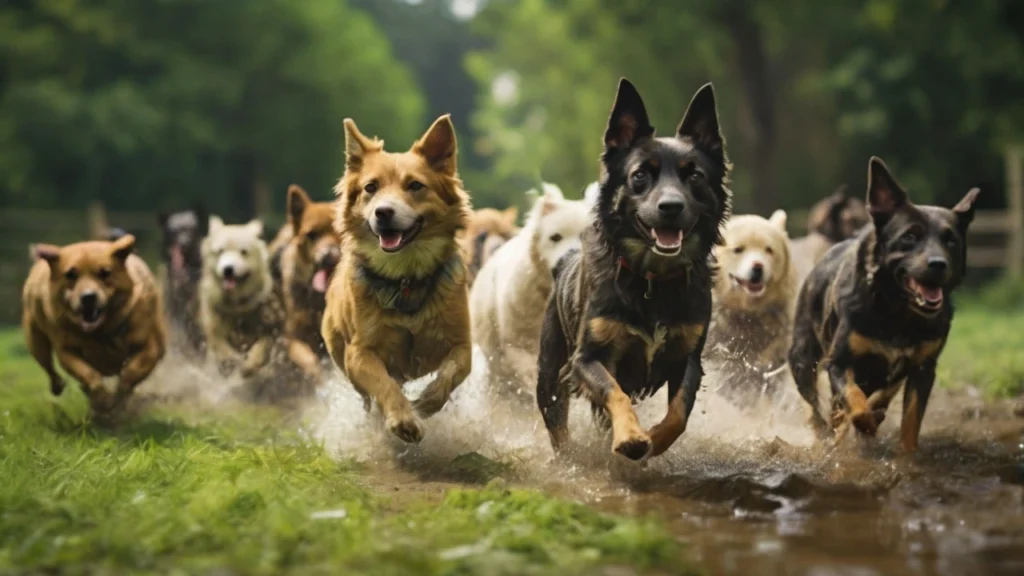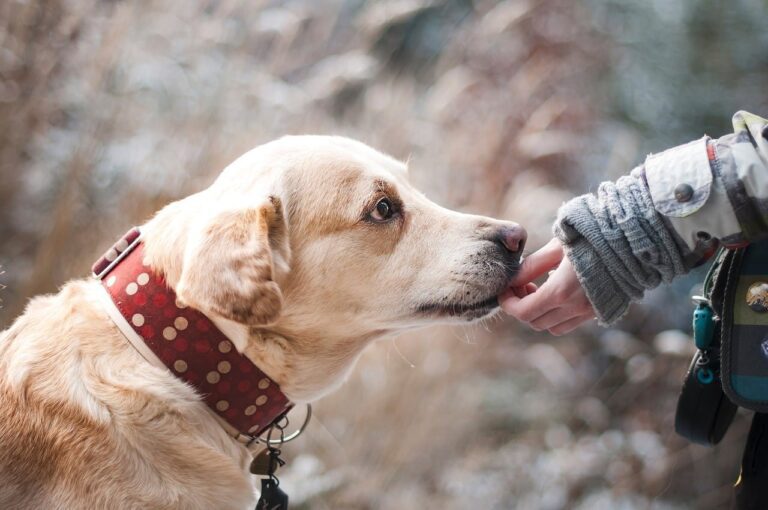Dogs are more than just pets; they are loyal companions, faithful friends, and sometimes even family members. But dogs also need proper training to behave well, obey commands, and avoid problems. That’s why learning the ABCs of dog training is essential for any dog owner who wants to have a happy and harmonious relationship with their furry friend.
The ABCs of dog training stand for Antecedent, Behavior, and Consequence. These are the three elements that shape how dogs learn and respond to different situations. An antecedent is what triggers a behavior, such as a cue, a stimulus, or a situation. Behavior is what the dog does in response to the antecedent, such as sit, bark, or run. Consequence is what happens after the behavior, such as a reward, a correction, or nothing. By understanding and manipulating these three elements, you can teach your dog anything you want, from basic obedience to advanced tricks.

A: Determine Your Dog’s Needs
Evaluating your dog’s specific needs and traits is critical before beginning any training program. Consider the breed, age, temperament, and any unique issues they could have. This evaluation will assist you in adjusting your training procedures and establishing reasonable goals.
B: Basic Commands
The foundational instructions form the basis of obedience training. Teach your dog the basic verbal cues, including “sit,” “stay,” “down,” and “come.” Start by employing hand signals or gestures in addition to clear and consistent verbal messages. Reward your dog for correctly obeying commands with treats or other positive reinforcement. To reinforce the teaching, practice these commands regularly in various settings. Consistency is crucial.
C: Crate Instruction:
Crate training is a successful way to give your dog boundaries and a safe and comfortable environment. Utilizing pleasant associations, such as treats and toys, gradually introduce the crate. Make the box comfortable for your dog and ensure it is the right size. When training your dog to enter the bin voluntarily, use positive reinforcement. Ensure your pet enjoys spending time in the crate by gradually increasing the time allotted.
D: Positive Discipline and Rewarding Behavior:

A combination of discipline and positive reward is necessary for practical dog training. Physical or harsh punishment should never be used as a form of discipline. Instead, concentrate on rerouting undesirable behaviors and setting clear boundaries. The primary strategy for encouraging desired behaviors should be positive reinforcement, such as rewards, compliments, and play. When your dog displays the desired behavior, reward them to strengthen the link between the action and the reward.
E: Enrichment and Exercise:
An energetic and well-behaved dog needs regular exercise and mental stimulation. Use games, interactive play, and frequent walks as activities appropriate for your dog’s breed and energy level. A weary dog is less likely to engage in undesirable behaviors brought on by boredom or excessive activity during training sessions.
F: Fun, and bonding:
Both you and your dog should enjoy the training sessions. Include games, tricks, and socialization with other dogs in your training regimen and other entertaining and engaging activities. The tie between you and your animal friend is strengthened when you train them to develop a healthy and trustworthy relationship.
G: Gradual Progression
Dog training is a procedure that calls for persistence and slow, steady growth. As your dog gains proficiency, progressively up the effort by starting with more straightforward commands. Break up challenging activities into manageable chunks, and acknowledge your progress. Every dog learns at their own rate, so be accommodating and modify your training techniques accordingly.
Socialization:
Dog training must include desensitization and socialization to ensure your canine friend is well-adjusted and at ease in various settings and social situations. Allowing your dog to adjust at their own rate gradually expose them to new sights, noises, smells, and experiences. Expose them to diverse locations, other canines, and people to foster positive connections and lessen fear or hostility. During socialization exercises, calm and acceptable behavior can be rewarded with sweets and praise as favorable reinforcement. Desensitization strategies entail progressively introducing your dog to situations or stimuli, including loud noises or strange items, that may cause anxiety or fear. You may assist your dog in overcoming these phobias by gradually increasing exposure while keeping a calm and encouraging atmosphere.
Approach:
The method of dog training you select significantly impacts how well your pet turns out overall. Professional dog trainers and behaviorists highly encourage using positive reinforcement training techniques. This method involves ignoring or diverting undesirable behavior while rewarding desired behavior, such as sitting or remaining, with sweets, praise, or playtime. Positive reinforcement strengthens your relationship with your dog and motivates them to repeat the desired behaviors. To maximize your dog’s learning potential, always be patient, consistent, and utilize unambiguous commands throughout training sessions.
Discipline:
In teaching a dog, discipline is essential, but it must be applied carefully and consistently. From the outset, establish limits and norms that are obvious and then firmly but kindly enforce them. Redirect your dog’s undesirable behavior to a preferred substitute and praise them when they obey. Avoid harsh training techniques or physical punishment, which can cause fear, aggressiveness, and anxiety. Remember that fostering long-lasting behavioral changes is more effectively done through positive reinforcement.
Establishing Trust:
Any good dog-human relationship is built on trust. Playtime, walks, and gentle brushing are all great ways to bond with your dog. By doing so, you’ll increase confidence and solidify your relationship.

Conclusion:
The ABCs of dog training can help you lay a strong foundation for your dog’s behavior and obedience. Consider your dog’s needs, teach fundamental commands, use crate training, balance correction with praise, give your dog exercise and mental stimulation, make training enjoyable, and move slowly. You can raise a canine friend who is well-behaved, content, and well-adjusted with patience, consistency, and a positive outlook.
A pleasant adventure, training your dog, involves persistence, positivity, and patience. Create a strong foundation for a well-behaved and content canine partner by adhering to the ABCs of dog training. Always keep a pleasant attitude and emphasize prizes and encouragement throughout training sessions rather than punishment.
It takes persistence, positivity, and patience to successfully train your dog. By adhering to the “ABCs of dog training” (adopting approachable training methods, teaching fundamental commands, properly using crate training, enforcing discipline, and providing enough rewards), you may train your dog to obey orders.
- How to Start Feeding Your Dog Raw Food
- How to Teach an Old Dog to Use a Pee Pad Successfully
- Unlock Your Dog’s Superfood: 6 Essential Nutrients They Thrive On!
- Purina Pro Plan vs Blue Buffalo: Unveiling the Best for Your Pup
- Black Mouth Cur’s Choice: Premium Dog Food Guide


